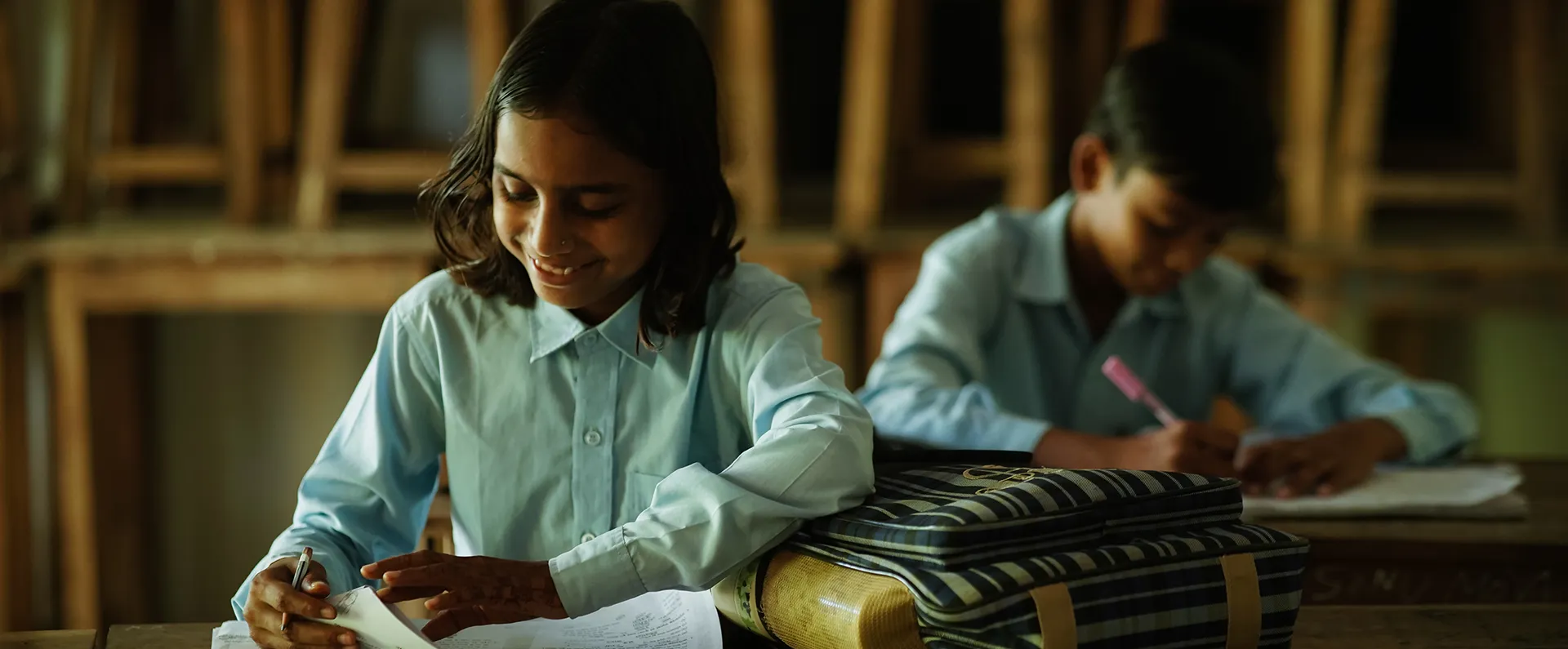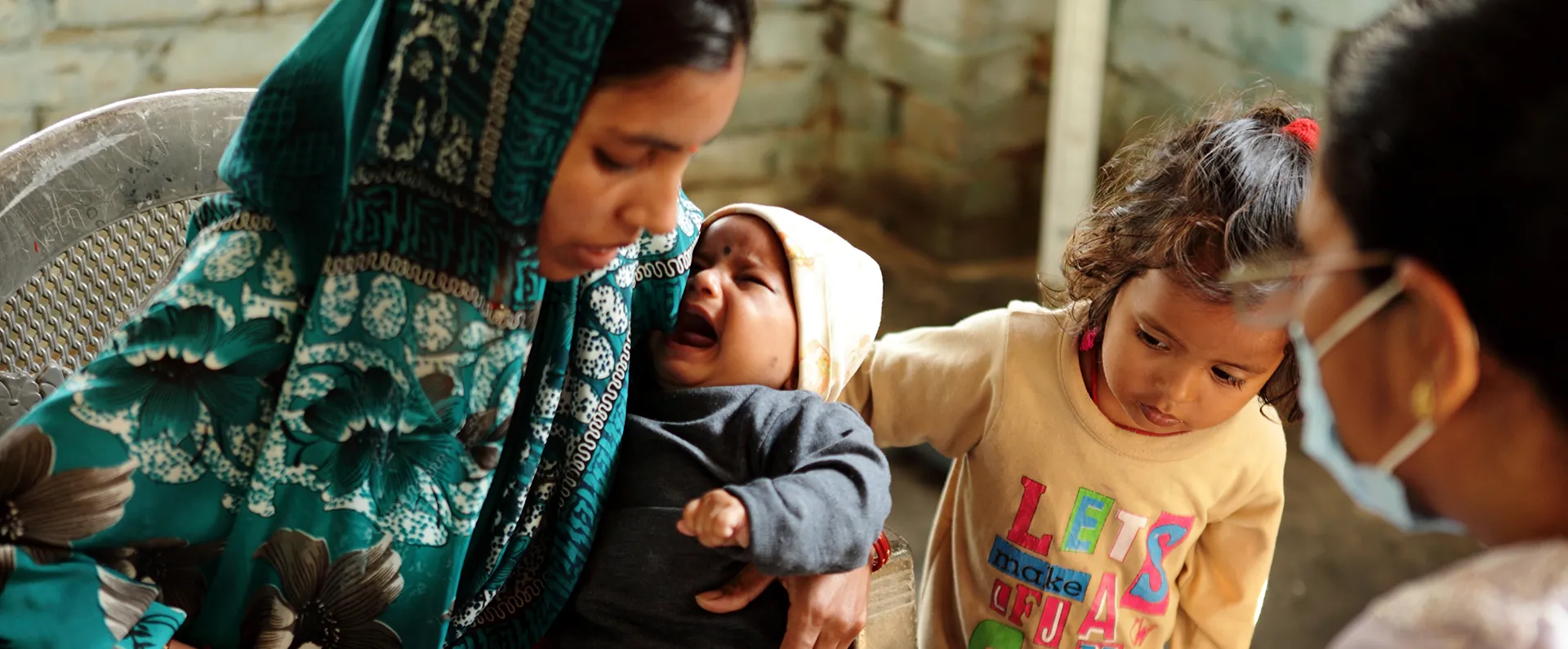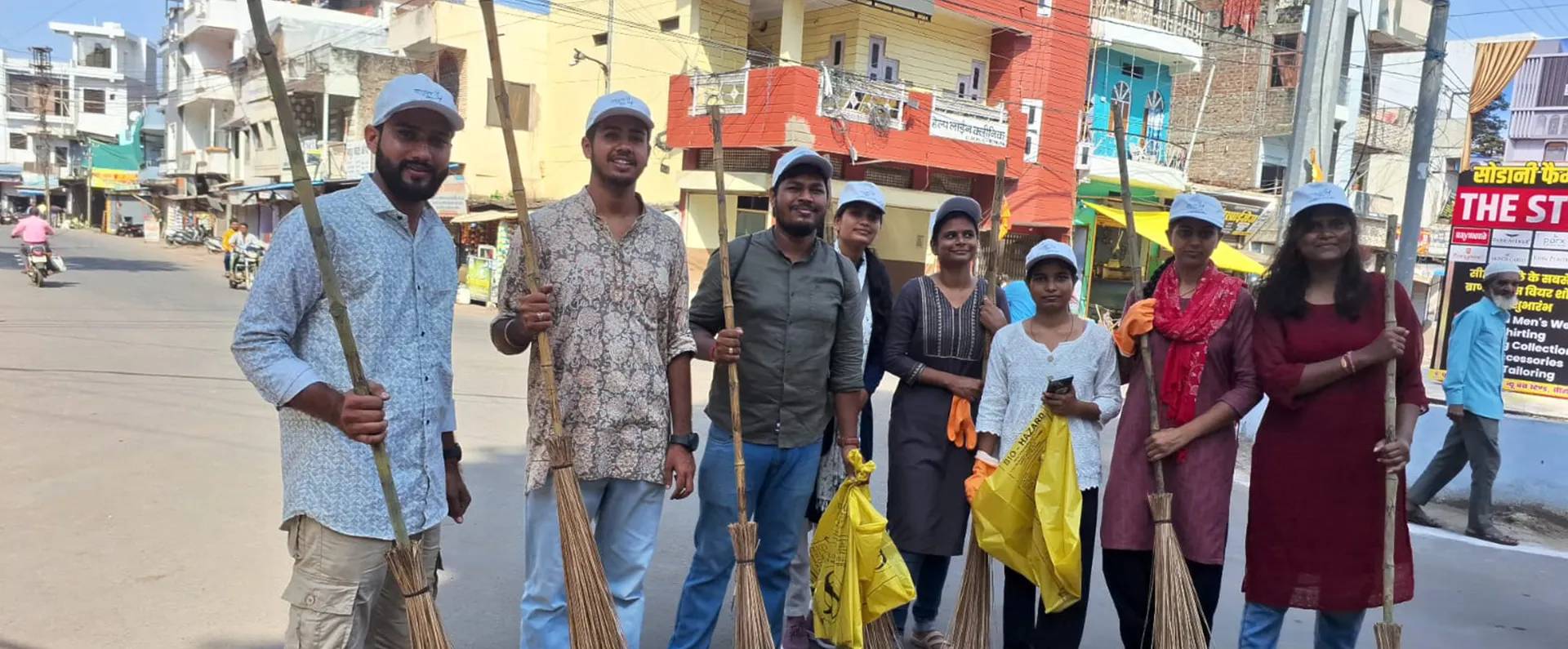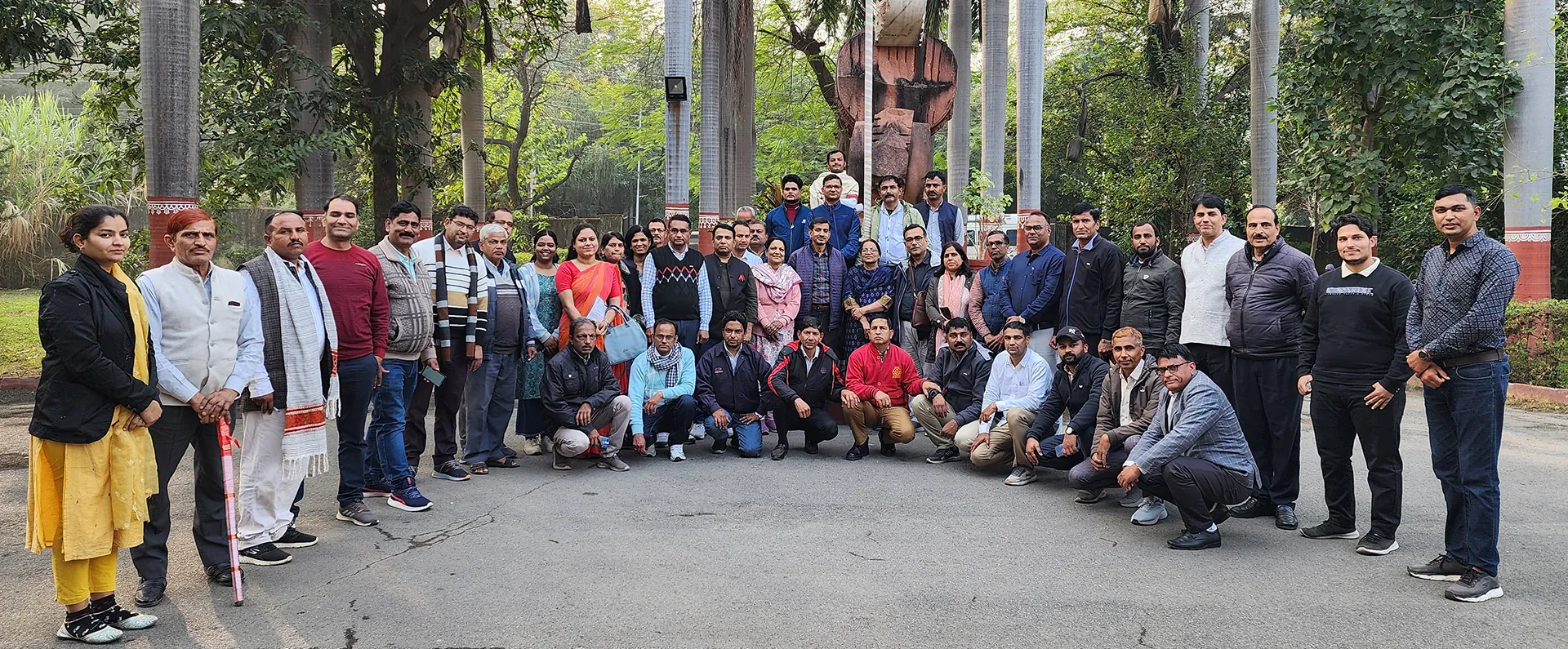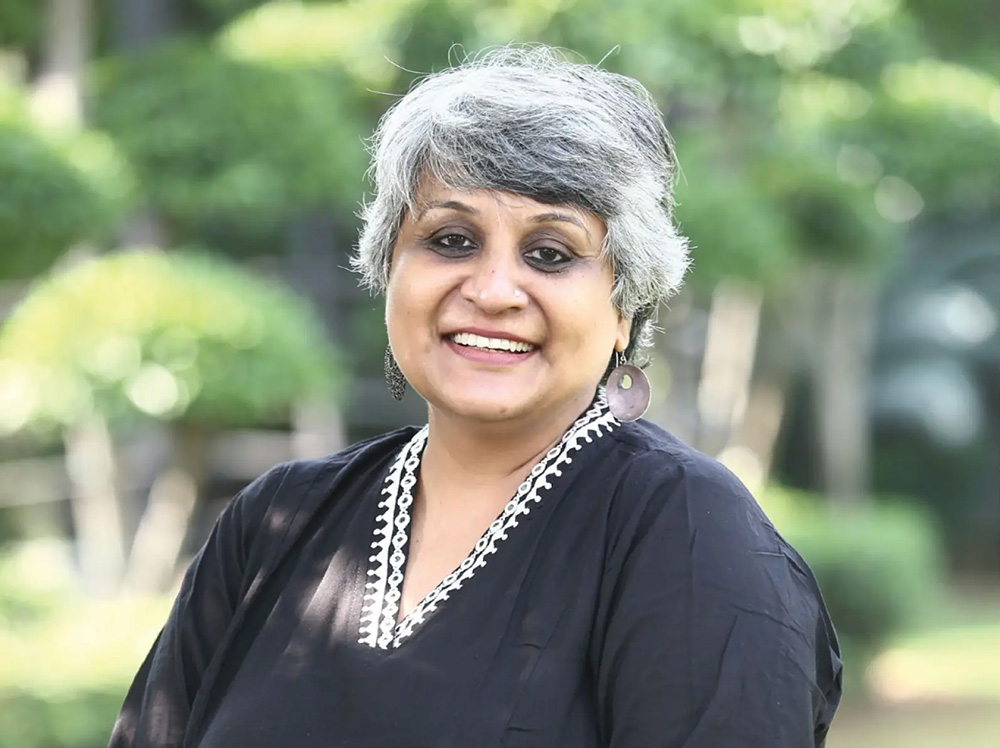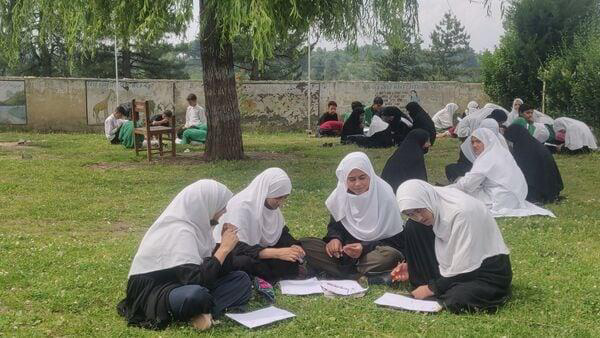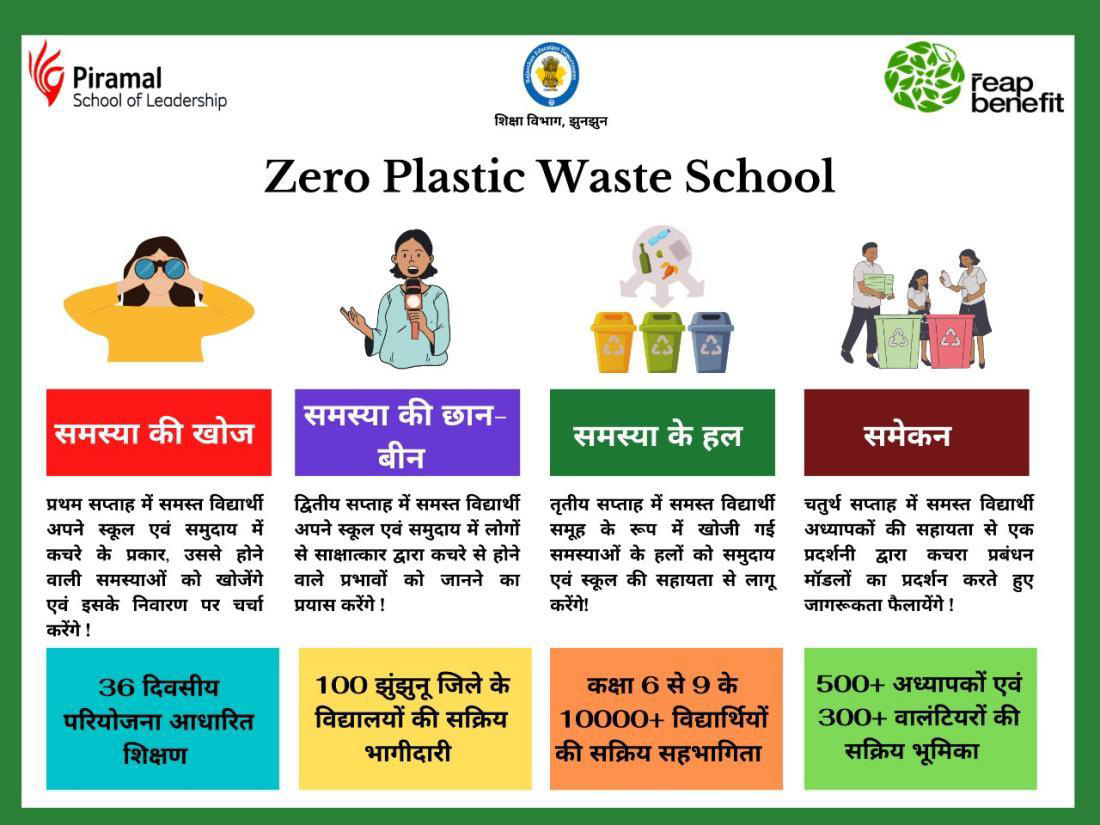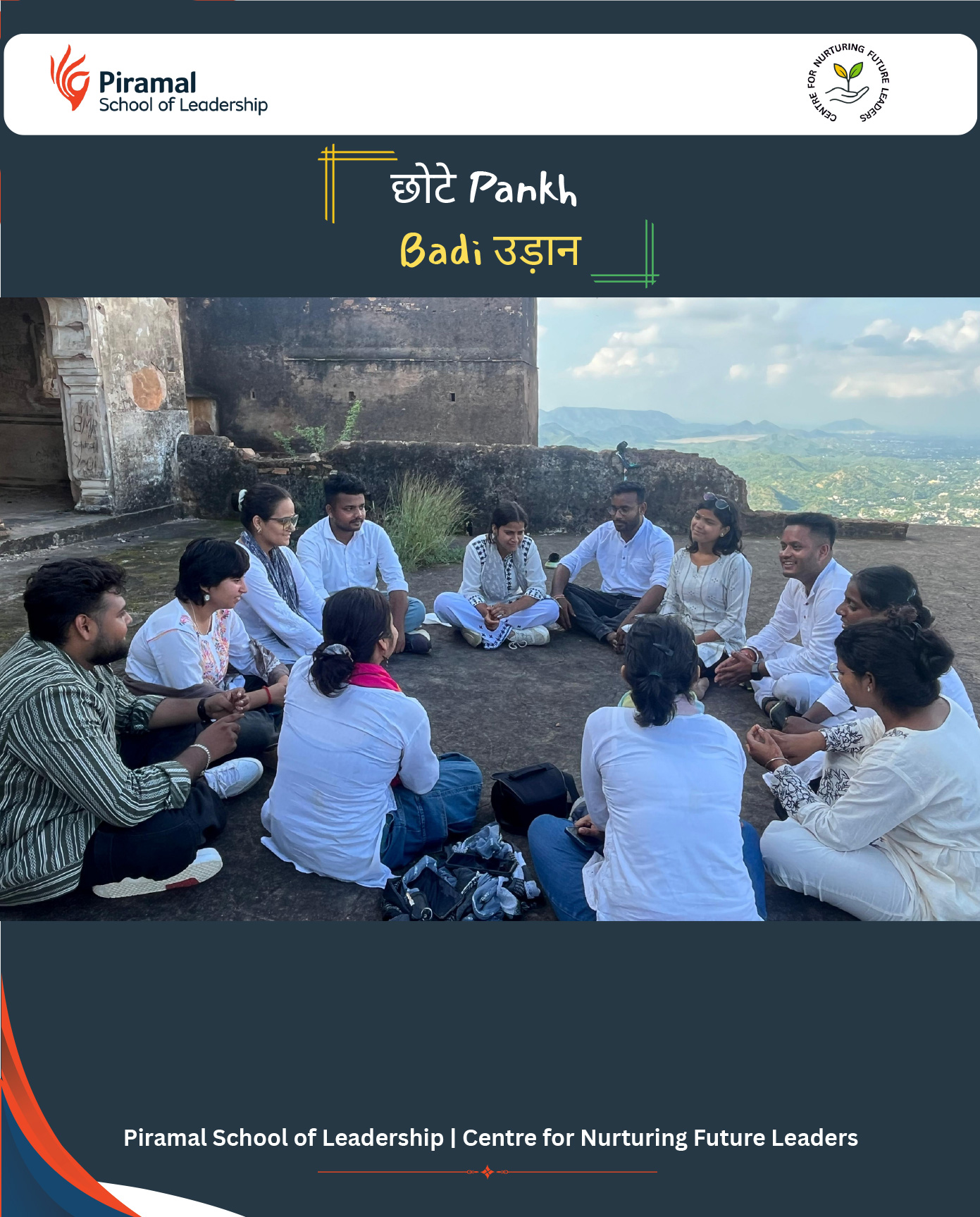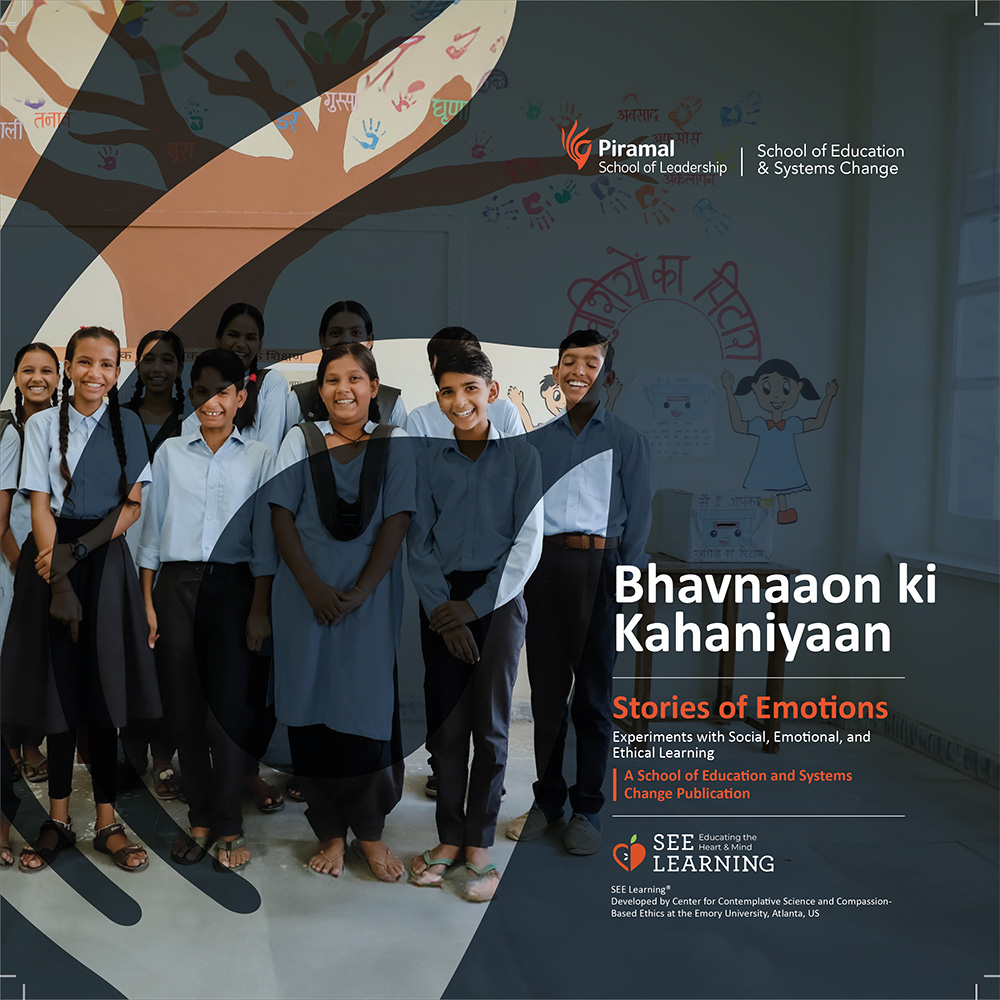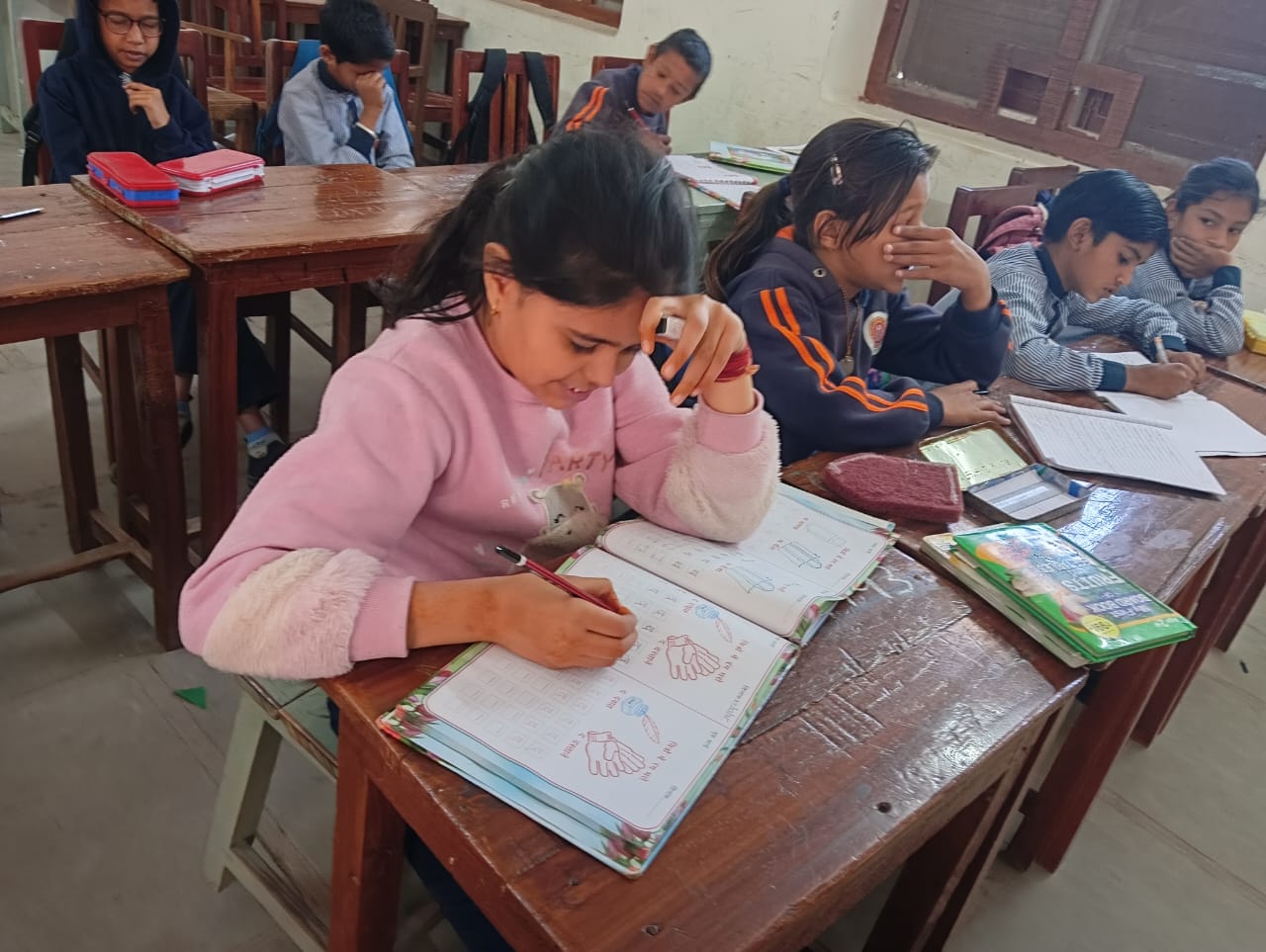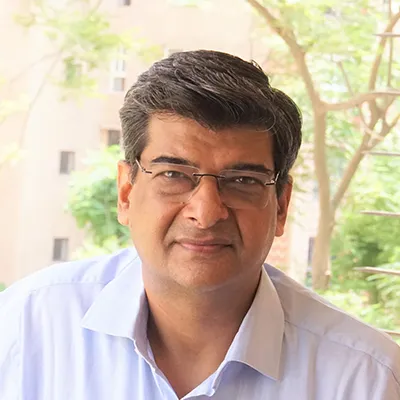In a world where a single button press can unleash AI’s potential—crafting eloquentletters, solving complex math problems, or diagnosing crop diseases—knowledge, speed,and opportunity are at our fingertips. For India’s 37 crore youth, with 65% under the age of35, this technology promises to shape a future rich with opportunity. Yet, the sametechnology can spread misinformation, generate deepfakes, or complete exams withoutfostering deep and meaningful learning. Without guidance, the line between learning andmere replication blurs, and many young users risk trusting AI’s outputs without questioningtheir validity or knowing what questions to ask. As India stands on the cusp of atechnological revolution, with its AI market projected to reach ₹66,700 crores, empoweringits youth is an urgent necessity.

India’s digital revolution has been nothing short of extraordinary. Internet subscriptionsrose from 25 crore in 2014 to nearly 97 crores by mid-2024, while the smartphone penetration has reached 80 crore users, with 75% rural adoption. This unprecedentedconnectivity has revolutionised access to information, commerce, and opportunity,particularly for the youth poised to shape India’s future.
Yet, access alone cannot unlock India’s potential. The true measure of this transformationlies in Inclusive AI empowerment to bridge the digital divide, harnessing AI’s disruptivepotential and embracing the gig future, and collective, responsible, and focused efforts forlarge-scale, youth-centric initiatives.
The digital divide in India is no longer just about connectivity. With smartphones and dataplans becoming increasingly affordable and accessible, the bigger question is how youngpeople are using these tools. Are they engaging with technology to learn, to acquirerelevant skills, to contribute to civic actions and nation-building? Or are they morevulnerable than ever to screen addiction, algorithmic manipulation, and misinformation?
In this new paradigm, digital wellbeing is about quality, not quantity. While governmentefforts like Digital India, PMGDISHA, and the National AI Mission have laid thegroundwork for digital infrastructure and policy, their long-term success depends onwhether India’s youth—particularly those in schools and colleges—are being equipped toengage with these technologies ethically, critically, and productively.
India’s youth no longer dream only of conventional jobs in fixed offices. Increasingly, theyare adapting to a gig-based economy where flexibility, autonomy, and multi-skilling arekey. What was once considered precarious or informal is now becoming the dominantmodel for how organisations operate. While the formal sector is becoming less elastic, thegig sector is evolving; demanding greater reliability, offering more structure, even benefits.
This is not a passing trend. It is a permanent economic shift—and India must act quickly tohelp young people thrive in this new reality.
To enable this, we must embed AI-driven upskilling into mainstream education andworkforce development. Every student must graduate not just with a degree, but with real-world problem-solving experience using modern digital tools. Adaptability, Disruptivethinking, Entrepreneurship Mindsets are the capabilities that will help our youth stand out.Our policies must recognise gig workers as full economic contributors. This includesensuring portable benefits, accessible healthcare, and long-term career mobility.
Startups and small businesses—which already function in agile, flexible modes—shouldbe encouraged to adopt gig-friendly hiring models without the heavy overheads oftraditional employment, but also without compromising worker protections. What Indianeeds is a new contract with its youth—one that acknowledges and supports theirevolving relationship with work.AI is not the enemy. Outdated, inflexible systems are.
AI has introduced uncertainty and fear into the hearts of many young people. Theywonder: ‘Will I be replaced by a machine?’ ‘Will there be any “human” work left to do?’This anxiety has real consequences; it influences career choices, mental health, and faithin institutions. India needs to actively counter this fear with structured assurance.
This assurance must come from all quarters—philanthropists, educators, entrepreneurs,and the State. It starts with national campaigns that reposition AI not as a threat but as acollaborative tool. Young people must see examples of AI improving livelihoods; farmersusing predictive models, doctors diagnosing faster, teachers customizing learning. Thenarrative must shift from replacement to augmentation.
Educational institutions must become hubs of experimentation where students use AI tosolve local challenges. These spaces, AI for Livelihood labs in schools and colleges, canfoster not just digital fluency but also innovation and resilience.
The education system must also teach digital resilience: how to question AI’s outputs,identify bias, protect one’s data, and engage responsibly online. We must prepare youthnot just for a digital future, but for a digital future.
This transformation demands that the nation’s most powerful actors, from venturecapitalists and tech founders to policymakers and media houses, redefine their roles. Thatmeans building safe digital spaces for young creators and learners. It means investing inAI tools that are transparent, locally relevant, and ethical by design. It means partneringwith civil society to develop and scale skilling models that reflect India’s regional andlinguistic diversity. And most of all, it means listening to the aspirations and fears of youngpeople—not just speaking on their behalf.
We are at a critical juncture. The fear of being left behind in a hyper-digital world is real.But so is the opportunity to leapfrog into a future where Indian youth are not justconsumers of technology, but creators of it.
Let us move from digital anxiety to digital agency. Let us build a future that doesn’t justaccommodate our youth, but is imagined and led by them.
This article is authored by Saurabh Johri, director, Piramal School of Leadership, PiramalFoundation.
This article was first published on July 23, 2025, on Hindustan Times
Read More
